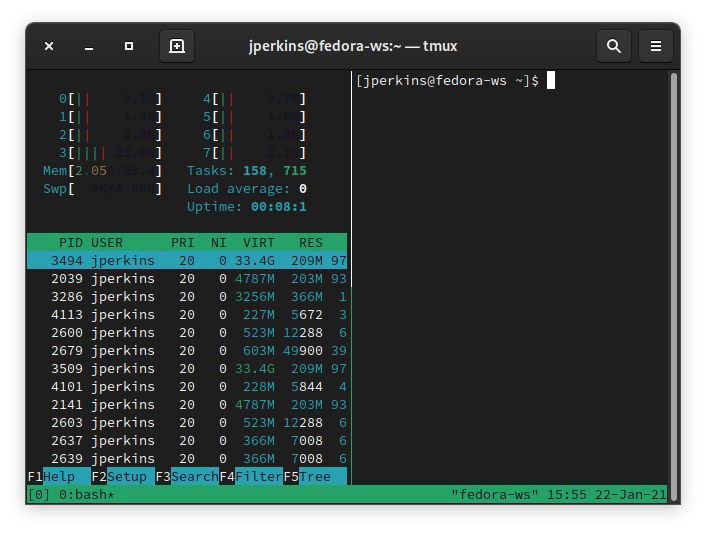Understanding Screen vs Tmux
Screen and Tmux are terminal multiplexers for Linux/Unix systems. They manage multiple sessions in a single window, allowing you to run commands, detach, and reattach.
Key Differences
- Session Management: Tmux uses client-server architecture for persistent sessions, reducing crashes. Screen relies on Unix sockets, which can be less stable in network drops.
- Copy-Paste Capabilities: Tmux features integrated copy-paste with key bindings like Ctrl-B [ for easy text selection. Screen requires external tools or config tweaks, adding complexity.
- Dependencies: Screen is lightweight, often pre-installed, ideal for older systems. Tmux needs newer libraries but offers advanced scripting and automation.
- Scripting Support: Tmux excels with programmable automation via its command interface, boosting productivity in workflows like DevOps. Screen supports basic scripts but lacks native plugins.
When to Use Screen
- For minimal setups where lightweight dependencies and stability on legacy systems are critical.
- If you rarely need advanced features and prefer simplicity with standard key bindings.
- For quick ad-hoc sessions without frequent detaching or scripting requirements.
When to Use Tmux
- For demanding workflows requiring robust session persistence, like remote servers or long-running processes.
- If you value integrated tools for copying and pasting text efficiently.
- For automation-heavy tasks, as Tmux's scripting enables complex task scheduling and plugins.
Quick Decision Guide
Choose Screen if you prioritize simplicity, minimal setup, and light resource use.
Choose Tmux if you need advanced features, stability in unstable networks, or automation capabilities. For new users, start with Tmux for scalability; for legacy support, Screen suffices.












